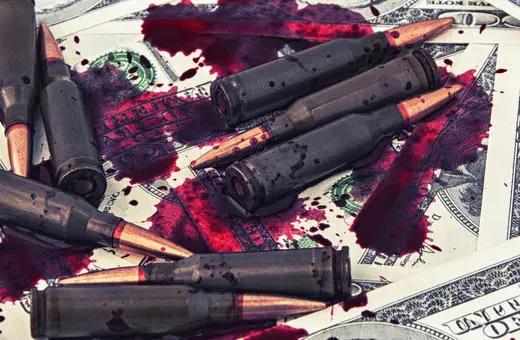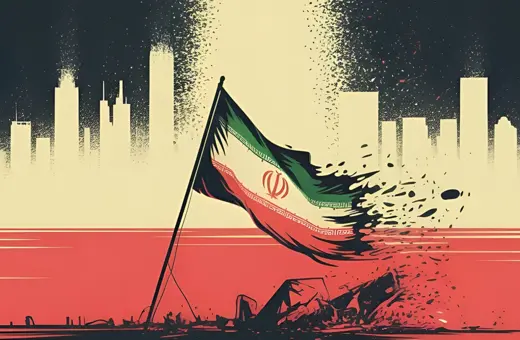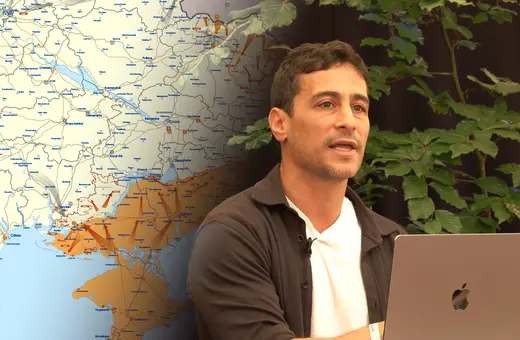With Afghanistan now under Taliban rule and the terror threat the worst it has been in years, it is time to reassess the nuclear terror threat. The 20th anniversary of 9/11 approaches, and as we remember the most world-shifting terror attack to date, we must consider – and work to prevent – the harrowing possibility of nuclear terrorism, writes Philipp C. Bleek.
The September 11, 2001 terrorist attacks on New York and Washington, DC galvanized fears of even worse attacks with nuclear weapons. The 9/11 attacks made clear that some terrorists were motivated to kill large numbers, contrary to the conventional wisdom that terrorists want more people watching than dead. Sophisticated planning and patient execution over many years supported the attacks, including from Al Qaeda’s safe haven in Afghanistan. And Bin Laden explicitly said his organization sought nuclear weapons, and undertook at least some efforts to obtain them. Twenty years later, and as Afghanistan returns to the control of Al Qaeda’s Afghan patrons the Taliban, how should we think about nuclear terrorism risks?
I’ve spent more than twenty years thinking about and trying to reduce the risk of nuclear terrorism, working in academia, think tanks, and inside the US government. I’ve long been struck by the fact that smart, well-informed people differ so dramatically about the severity of the threat.
Many of those who work on the topic take the threat very seriously, which is unsurprising: their fears are what motivate them to work on it. Others concede how challenging threat assessment is, but argue that the potential consequences are so severe that even a small likelihood warrants concerted action, an argument made by, among others, former Vice President Dick Cheney. It’s hard to argue with that, but it’s also not a very satisfying basis for allocating finite resources between, say, efforts to combat nuclear terrorism and pandemic preparedness. At the other end of the spectrum, those who regard the threat as overblown sometimes suggest motivated biases help explain why others—who are professionally and personally invested in addressing nuclear dangers—take it so seriously.
Acknowledging the fact that reasonable people can—and do—disagree about the severity of the threat, what can one say about it?
All other terrorist nuclear weapons efforts fall well short of what Al Qaeda did.
First, at least based on information in the public domain, there have been no close calls to date. Al Qaeda is the closest of them; Bin Laden expressed interest, and met with Pakistani nuclear weapons scientists, and was scammed trying to buy nuclear material, and engaged in at least rudimentary planning. But Al Qaeda’s efforts fell well short of a serious bomb effort, though of course it’s hard to be sure about what might have happened had the group not lost its Afghan safe haven after 9/11. And all other terrorist nuclear weapons efforts fall well short of what Al Qaeda did.
Of course, no one flew aircraft into buildings until someone did. Those who work on national security need to think about things that haven’t happened yet but might some day, even as the relative dearth of past nuclear terrorism activity provides some comfort.
Second, terrorist motivation and capabilities are often inversely correlated—those who are highly motivated usually have little capability, those who are more capable are usually less motivated. Part of what’s going on here is that actors with grandiose or even delusional ambitions are attracted to nuclear weapons, and tend to undermine their own efforts. And conversely, capable, well-resourced, patient actors—Hezbollah, say—often have good reasons to steer clear of nuclear plots.
















Join the conversation